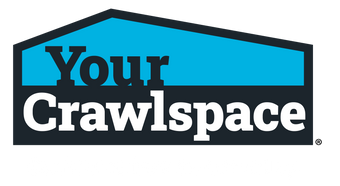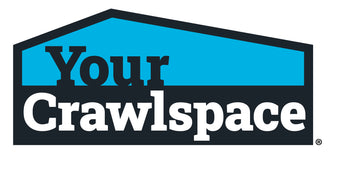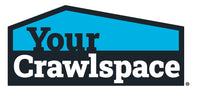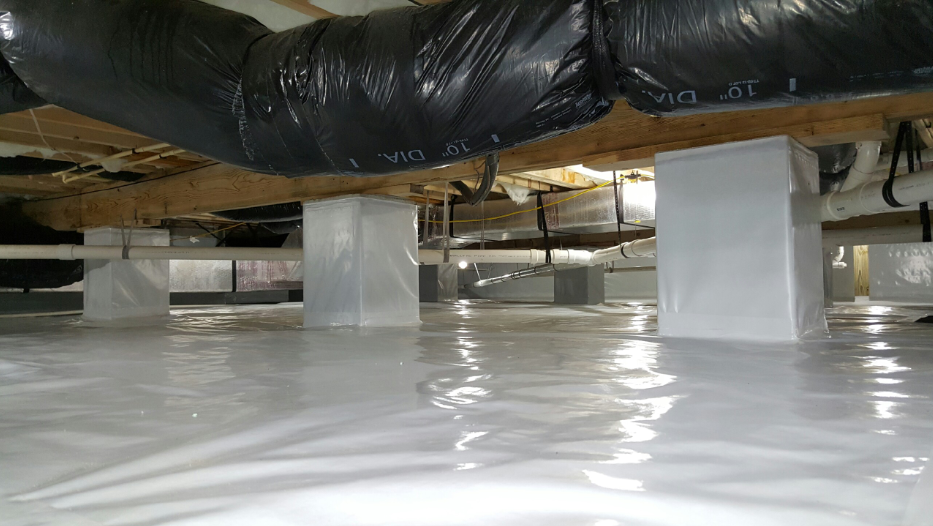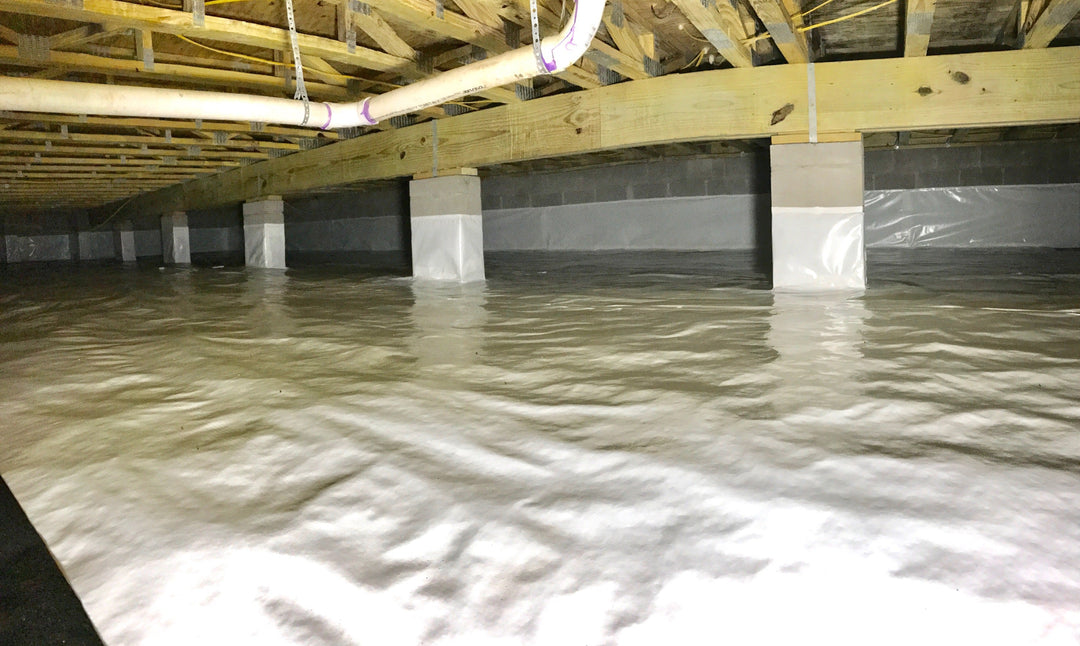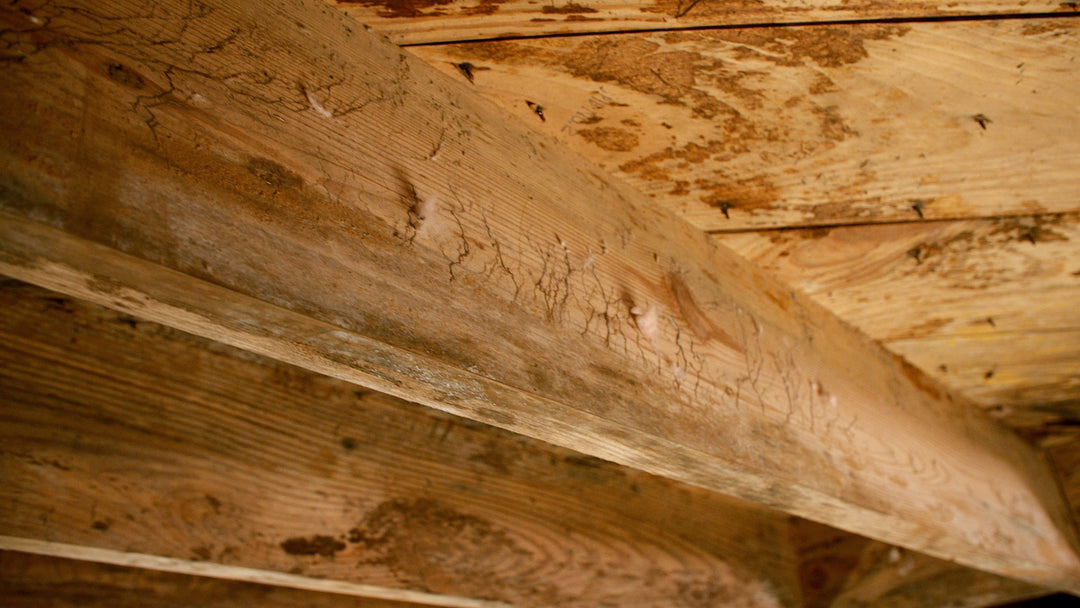Looking Out for Rodents in the Crawlspace
Tips from a Crawlspace Industry
Expert Winter is just around the corner, and that means rodents will soon be looking for a warm place to spend the colder months. Unfortunately for homeowners everywhere, one of their favorite winter homes is the crawlspace. It’s dark, secluded, and usually it is insulated, not to mention the access to food, moisture, and plenty of wood to gnaw on. All of which makes it very cozy for pests when the weather outside is frightful.
What should you be on the lookout for with rodents in the crawlspace this winter? Read on to find out!
Aw, Rats!
These crawlspace pests are called commensal rodents. This group is made up of Norway and Roof rats, as well as the little house mouse. Norway rats are sometimes referred to as wharf rats or sewer rats and like to hang out in areas like a damp, dirty, moldy crawlspace. Roof rats find crawlspaces sometimes inviting as well. And of course the little guy, the common house mouse, is as snug as a bug in a rug in a crawlspace environment.
Crawlspace pest control is a crucial part of being a homeowner. An active rodent infestation poses several threats to clients, including being a health risk. Rodents are dirty and carry pathogens that can cause clients and their family a lot of health issues such as allergies, asthma, skin issues, and even blood disorders.
Dangerous Houseguests
Rodents consume small quantities of food at one time but they are constantly foraging for food, water, and shelter. As they move about, it’s what they leave behind that contaminates more than what they consume can damage. The droppings, urine, and hairs can contaminate food, water, and surfaces around the house. Droppings and urine also contain pheromones used to mark their territory and communicate to other rodents, which results in the quick spread of contamination by other members of the colony.
Another serious risk posed by a rodent infestation is material damage to the house and its contents. Rodents must constantly gnaw to keep their ever-growing incisors whittled-down. This can mean damage to wooden structures and foundations in the crawlspace. There’s also the risk of damage to water pipes causing leaks,which can lead to wood rot. What’s more, rodents have been known to gnaw electrical wires that can cause short circuits and potentially start a fire. Rodents are usually passive animals but if trapped or threatened their bites can be painful and dangerous.
As professionals we must be aware of the signs of rodent infestations and the potential threat to our client’s health and investment. We have an obligation to communicate what we find during our inspection and be prepared to offer recommendations and solutions to help our clients deal with rodent issues.
An Ounce of Prevention...
One of the best and most effective ways to deal with rodent issues is prevention. Exclusion of entry points into the crawlspace for the rodent is very effective. Closing all foundation penetrations with concrete, sealants, hardware wire, etc., are all standard exclusion practices. Limiting the amount of water intrusion by proper ground water diversion methods, such as foundation drains, gutters and downspouts, will help make the environment less attractive to rodents.
Control of groundwater evaporation is another effective practice. Limiting water sources makes crawlspaces less attractive to unwelcome rodents. Crawlspace encapsulation is highly recommended.
Properly installed moisture barriers and dehumidifiers play a very important part in making the crawlspace an undesirable environment for rodents to live. However, if an active infestation exists or evidence supports a long persistent infestation, the services of a pest control operator may be necessary as well.
Or A Pound of Cure
As professionals offering an important and needed service to clients, we have an obligation to be prepared to look at the big picture. In order to meet that obligation, continuous training of your staff, helping them to understand the different processes and best practices will help you help the client and offer value in your service.
There are many different training opportunities available to you by vendors, distributors, manufacturers, consultants, and industry associations.
The team at Your Crawlspace Inc., offers a full line of moisture control products for the crawlspace. The professionals there have developed multiple training videos and can offer one-on-one training for you and your team. For more on their products and other resources visit their website www.yourcrawlspace.com.
Don Richards ACE, CPI
Don Richards Services, LLC
